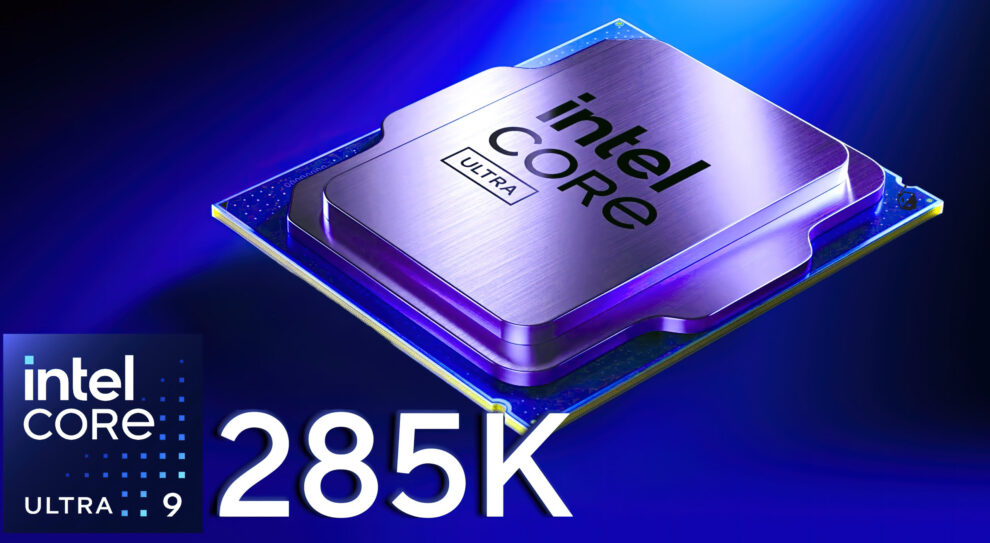Intel’s latest flagship CPU, the Core Ultra 9 285K, has arrived, bringing a mix of excitement and apprehension for PC gamers. Launched in October 2024, this processor, codenamed “Arrow Lake-S,” succeeds the Core i9-14900K and boasts impressive specs like 24 cores (8P + 16E), a 5.7 GHz boost clock, and support for the new LGA 1851 socket. While it promises a significant performance leap, early benchmarks and analyses paint a complex picture, raising questions about its value proposition for gaming enthusiasts.
This new chip marks a significant shift for Intel, embracing a chiplet-based design and ditching hyperthreading in favor of a focus on performance (P) and efficient (E) cores. This hybrid architecture, previously seen in mobile chips, aims to optimize performance across various workloads. However, the 285K’s gaming prowess seems somewhat overshadowed by its impressive advancements in other areas, leading to a “one step forward, one step back” scenario for gamers.
A Powerhouse with a Power Problem
The Ultra 9 285K demonstrates impressive performance gains in multi-threaded workloads, benefiting content creators and productivity users. However, initial reviews reveal a less clear-cut advantage in gaming scenarios. While some titles see notable improvements over the previous generation, others show marginal gains or even perform worse.
Adding to the complexity is the 285K’s power consumption. It seems to be a hungry beast, demanding significantly more power than its predecessor. This not only raises concerns about heat dissipation and cooling requirements but also impacts overall system efficiency. Gamers, who often prioritize performance per watt, might find this aspect particularly unappealing.
The Price of Progress
Priced at $589, the Core Ultra 9 285K enters a competitive market, facing off against AMD’s Ryzen 9 9950X and 7950X3D. While the 285K holds its own in raw performance, its higher power consumption and inconsistent gaming performance make it a less compelling choice for gamers solely focused on frame rates.
Furthermore, the shift to the LGA 1851 socket necessitates a new motherboard, adding to the upgrade cost. This forces users to invest in a completely new platform, which might be a deterrent for those looking to upgrade incrementally.
A New Era for Intel
Despite the mixed reception in the gaming community, the Core Ultra 9 285K signifies a bold step for Intel. The move to a chiplet design and the refined hybrid architecture demonstrate a commitment to innovation and lay the foundation for future advancements.
However, for gamers, the 285K presents a conundrum. Its impressive performance in productivity tasks is counterbalanced by its inconsistent gaming performance and power-hungry nature. Whether this new direction will ultimately benefit gamers remains to be seen.









Add Comment